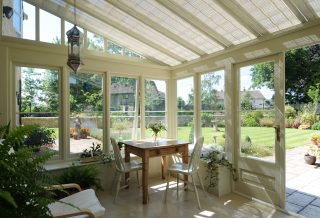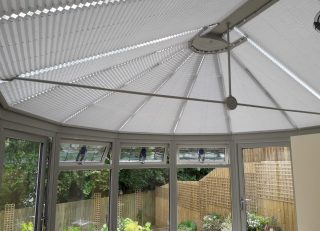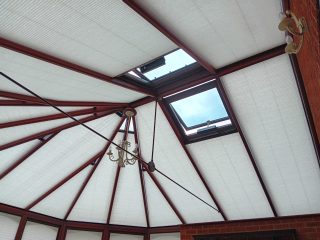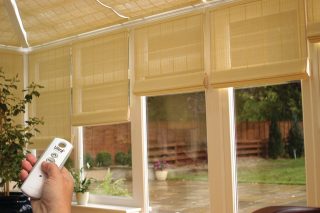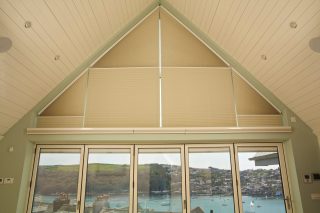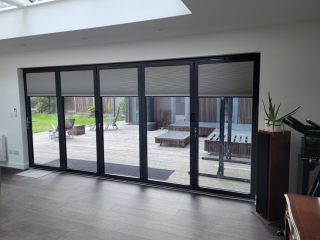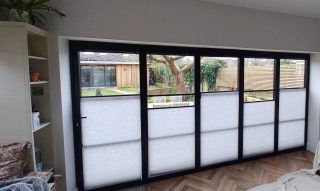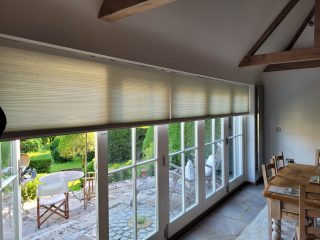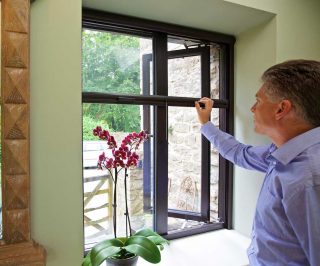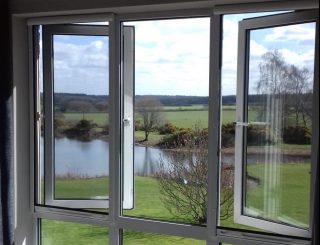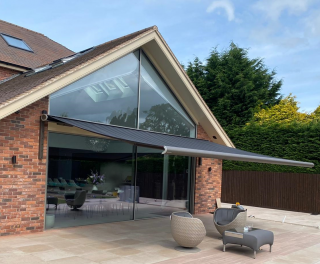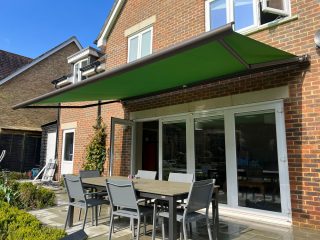Keeping bills low this winter
Get in Touch!
If you’re feeling inspired to improve your home with our range of blinds, shutters, screens and much more, you can get in touch with our expert design consultants. We’ll be happy to answer any questions you might have.
Contact UsShare this page
Briton could be facing a winter of discontent as energy bills are set to soar and the weather begins to bite.
However, there are steps that households can take to reduce energy losses, says Indepedent.co.uk’s Chiara Cavaglieri. Some of which are as simple as installing the correct conservatory blinds or putting up double curtains.
Switching tariffs is one of the most effective ways of saving, she writes, and this is the easiest to do because it is completely free. At the same time, small changes in the home like turning off lights, and lowering the temperature by just 1C could cut heating bills by as much as 10 per cent, says the Energy Savings Trust. When it comes to curtains, these can be lined with a layer of heavy material to insulate the room at night.
Draft-proofing and insulating the home and windows are also a great money-saver, added cottage-homeowner Chantal Brown, from Stroud, Gloucestershire.
She told Cavaglieri: “I have put draught tape around the windows and doors – the cottage is 250 years old and everything is a little crooked! I have double-lined curtains in most rooms and try to keep them shut to keep heat in to reduce bills.”
“I also run a dehumidifier to take moisture out of the air so the heating can be used less, as it obviously takes a lot less energy to heat a dry house than a damp one.”
Ms Brown also intends on replacing the double glazing in the conservatory, possibly with less glass, she says, to keep the heat in. Insulating conservatory blinds is also an option the homeowner could consider to cut down her £95 a month bills.
Solar panelling was another idea flagged up by Cavaglieri. Despite initial costs, that start at around £11,700, homeowners could cut their bills by around £90 on average per year. They can also sell surplus electricity back to the grid and have their installation costs reduced as part of the government’s Feed-in Tariffs (FITs) scheme.
